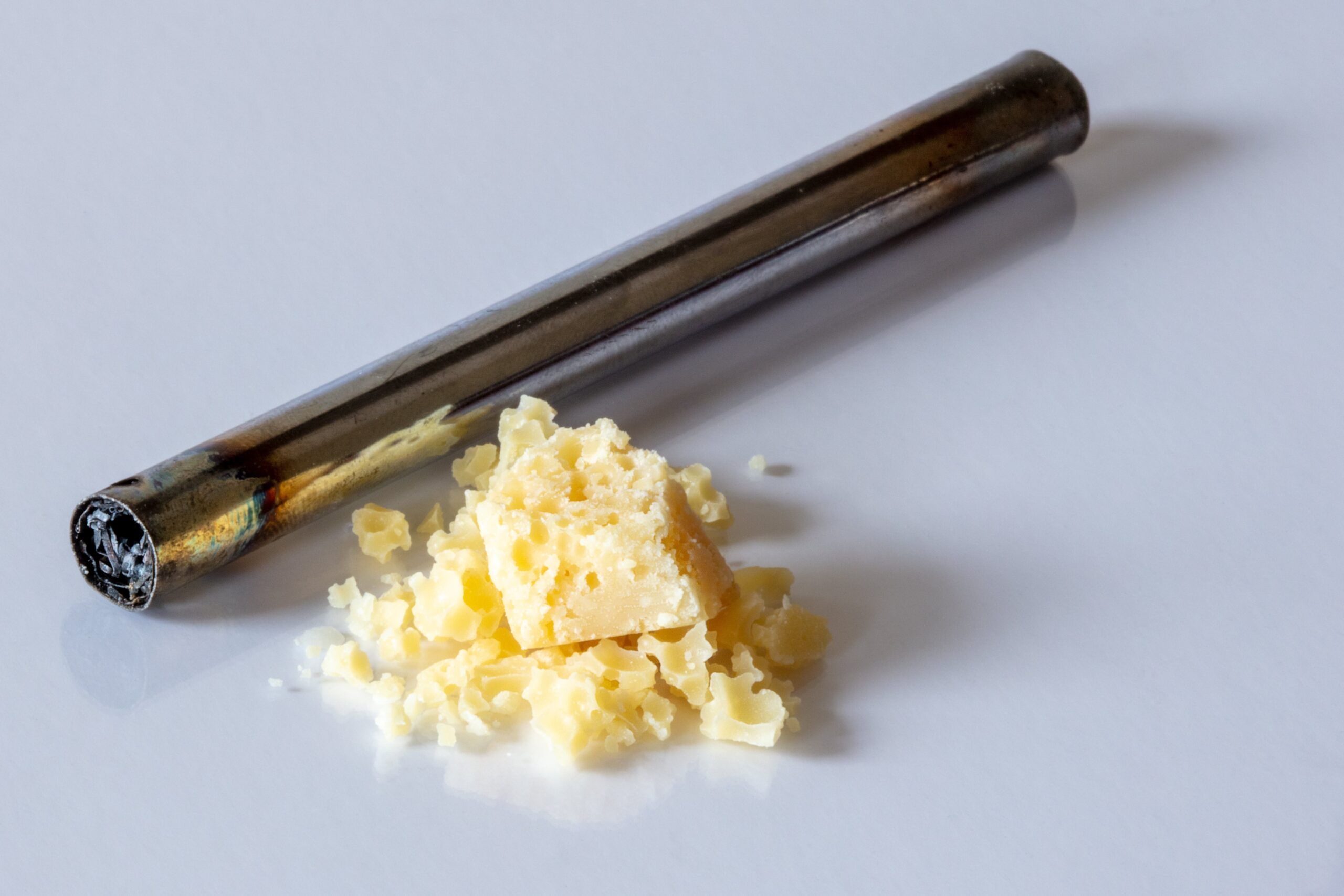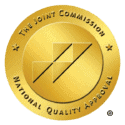
Understanding Crack Cocaine Addiction
Crack cocaine Addiction doesn’t dominate the headlines the way it did in the 1980s, but the drug continues to inflict substantial harm on individuals and families throughout the United States.
History of Crack Cocaine
Humans have been using cocoa leaves for their stimulating properties since at least the 1400s, though scientists did not isolate the primary psychoactive substance in these leaves (cocaine) until the 1860s.
Following this development, cocaine began to be used for many purposes, including as a painkiller/headache reliever, as a medication to treat tuberculosis, and even as an ingredient in the original recipe for Coca-Cola soft drink.
Cocaine became illegal in the U.S. in 1914, though some people continued to use it illicitly for recreational purposes. The drug saw a significant resurgence in the 1970s, which was followed by the “crack epidemic” in the 1980s.
Crack could be manufactured more cheaply than powder cocaine, which meant that it could be sold for a much lower price on the street. The affordability of the drug, combined with the intense high it produced, soon made it an extremely popular substance in major cities throughout the nation.
Signs of Crack Cocaine Addiction
One of the reasons why crack is such a dangerous substance is that a person can become addicted to it after only using the drug a few times.
If you suspect that someone in your life has been using crack, being able to recognize the signs may allow you to intervene before this self-defeating behavior turns into an addiction.
Common signs of crack use include:
- Dilated (expanded) pupils
- Rapid breathing
- Significant boost in energy
- Restlessness
- Agitation and irritability
- Erratic behaviors
- Dramatic mood swings
- Burns on lips and fingers
When a person’s crack use progresses to an addiction, they may exhibit symptoms such as:
- Spending significant amounts of time seeking, using, and recovering from the effects of crack cocaine
- Being unable to stop using crack once they have begun
- Becoming agitated or otherwise upset when unable to acquire and use crack
- Unintentionally losing a significant amount of weight
- Failing to meet their personal or work-related responsibilities
- Lying to loved ones about how they have been spending their time
- Continuing to use crack cocaine even after they have experienced physical, psychological, social, or legal problems as a result of their prior use of the drug
- Having unexplained financial issues
- Undergoing a dramatic change in personality and behaviors
- Ignoring their appearance, grooming, and hygiene
Crack Cocaine Side Effects
Smoking crack can expose a person to substantial physical and psychological harm. People who use the drug on a regular basis have the greatest risk of these negative outcomes, but using crack even once can be extremely dangerous, and potentially fatal.
The side effects of using crack cocaine can include:
- High blood pressure
- Abnormal heart rate
- Heart failure
- Stroke
- Seizure
- Liver damage
- Kidney failure
- Malnutrition
- Respiratory problems
- Extreme tooth decay
- Paranoia
- Psychosis
- Overdose
- Death
Is Crack More Addictive Than Cocaine?
Crack cocaine and powder cocaine are both highly addictive substances. Is one more dangerous or more addictive than the other?
While many sources identify crack as the more addictive substance, the truth is that there’s no substantial difference between the two.
Why, then, is crack so commonly cited as being more dangerous? This has less to do with any differences between the drugs themselves, and more to do with how they are consumed.
Why Is Crack So Addictive?
The most common way to use powder cocaine is to inhale it through your nose. Crack cocaine is typically used by heating the rocks and inhaling the flames.
When a person snorts powder cocaine, the drug must pass through several membranes before it is absorbed into the bloodstream and transported to the brain. When someone smokes crack, the drug can quickly pass from the lungs to the bloodstream to the brain. This causes a more intense high, a larger buildup of dopamine throughout the central nervous system, and a greater likelihood of becoming addicted.
Again, it is the method of ingestion (smoking vs. snorting) and not the chemical makeup of the drugs that cause these differences. If someone smokes or freebases powder cocaine – or dissolves it in a solution and injects it directly into their bloodstream – their risk of addiction would be the same as if they were smoking crack.
Crack Cocaine Overdose
Overdose occurs when a person ingests more of a substance than their body can safely metabolize. In 2022 alone, more than 27,000 people in the U.S. died from overdoses involving powder or crack cocaine.
Signs of a Crack Cocaine Overdose
Someone who exhibits the following signs after using crack cocaine may have overdosed and should receive immediate medical attention:
- Confusion and disorientation
- Hallucinations
- Impaired coordination and muscle control
- Extreme rise in body temperature
- Excessive perspiration
- Difficulty breathing
- Chest pain
- Nausea and vomiting
- Seizure
- Loss of consciousness
If you are with someone who has overdosed on crack cocaine, call 911 immediately, then stay with them until help arrives.
Crack Cocaine Addiction Treatment
Treatment for crack cocaine addiction may involve one or more of the following levels of care:
- Detox: If intense withdrawal symptoms have been preventing you from ending your use of crack cocaine, detox may be the ideal place to begin treatment. Detox is a short-term program that offers medical and therapeutic support to help you get through withdrawal safely and as comfortably as possible.
- Inpatient rehab: When you are in an inpatient rehab program, you will live at the center where you are receiving treatment. Common features of inpatient rehab for crack cocaine addiction include personalized daily schedules, multiple forms of psychotherapy. It also includes relapse prevention education and round-the-clock supervision.
- Outpatient treatment: In an outpatient program, you will only need to be at the center when treatment is in session. This provides you with a structured connection to personalized clinical care. It also gives you the opportunity to put your developing recovery skills into practice in real-world situations during non-treatment hours.
Customized Treatment Elements for Crack Cocaine Addiction Recovery
Depending on your unique needs and the parameters of the program you’re in, your customized care for addiction to crack cocaine may include elements such as:
- Acceptance and commitment therapy (ACT): This form of therapy can help you adapt your thoughts and behaviors to align with your values and goals. ACT can also help you eliminate negative thoughts, accept your emotions, and focus more fully on the present moment.
- Cognitive behavioral therapy (CBT): CBT is based on the view that addictions and other psychological challenges are caused in part by negative thought patterns and maladaptive behaviors. During CBT sessions, you can begin to identify how these concerns have affected your life. You can then adopt healthier ways of thinking and acting.
- Dialectical behavior therapy (DBT): This approach focuses on developing and enhancing your skills in the areas of mindfulness, distress tolerance. It also helps with emotion regulation and interpersonal effectiveness.
- Eye movement desensitization and reprocessing (EMDR) therapy: EMDR can help you overcome psychological distress that is related to traumatic memories. If your struggles with addiction are related to untreated trauma, EMDR can be an essential component of your treatment plan.
Contact Sanctuary Treatment Center for help with Crack Cocaine Addiction
Sanctuary Treatment Center offers a full continuum of customized care for adults who have become addicted to crack cocaine and other dangerous substances.
Our drug rehab facility in Los Angeles, California, also serves patients whose struggles with addiction are accompanied by anxiety, depression, and other mental health concerns.
When you choose Sanctuary Treatment Center, a team of compassionate experts will work closely with you to identify the full scope of your needs. They will then develop a plan to help you build a healthier and more hopeful life in recovery.
To learn more about our programs and services, or to schedule a free assessment, please visit our Contact page or call us today.
Published: 3/20/2025


